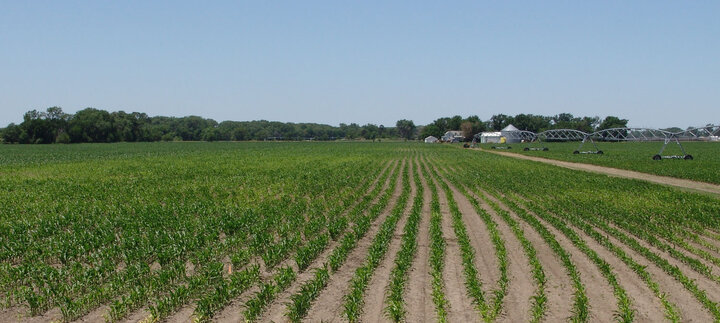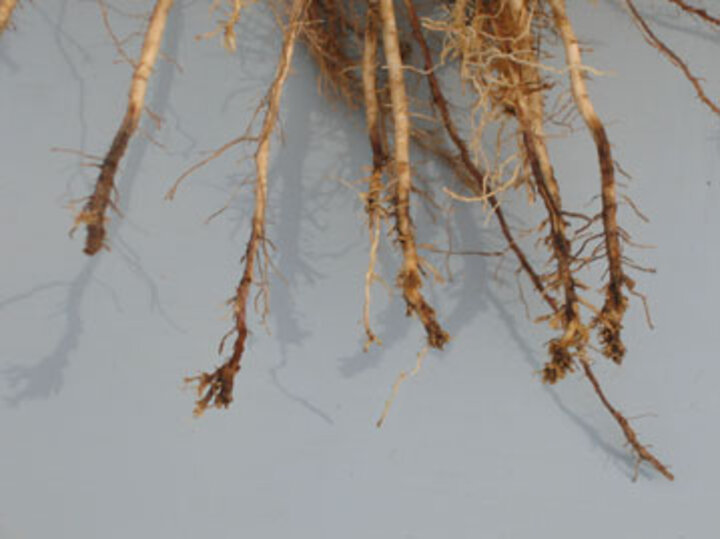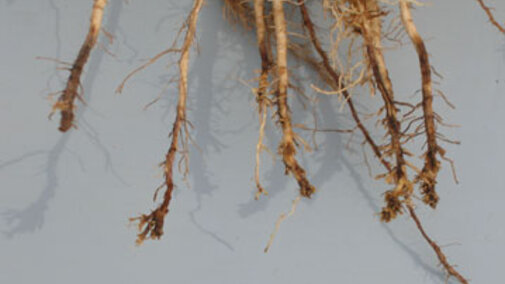

Are corn nematodes limiting your yields?
Find out through a free soil testing program made possible by the Nebraska Corn Board.
University of Nebraska-Lincoln Plant Pathology Professor Tom Powers’s lab is providing free nematode analyses for soil samples submitted from corn fields now through spring. The objective of this project is to learn more about the root-lesion nematode species present in Nebraska fields. Unlike some nematodes, root-lesion nematodes are extremely common (in more than 93% of Nebraska fields).
If you're already planning to sample your soils for nutrient content, this would be a good time to take samples for corn nematodes.
Taking a Soil Sample for Corn Nematodes
Collect at least 2 cups of soil from down to about 8 inches deep in the plant root zone (from within the row). For more information on nematodes of corn and how to collect samples view this video, Corn Disease: Nematodes.
Please package the samples in plastic bags and ship them with a completed Sample Submission form to the UNL Plant & Pest Diagnostic Clinic (P&PDC) at the following addess. (Be sure to clearly identify that the sample is for the Corn Nematode Survey.).
UNL P&PDC
Corn Nematode Survey
448 Plant Sci Hall
Lincoln, NE 68583-0722
Note: Sandy fields may have some nematode species that travel deep in the soil and out of reach of traditional soil probes. Sandy fields can best be sampled in the spring after planting by about the V5 corn leaf stage to capture all nematodes.

